Tags
19th Century Literature, Ambition, Brothers Grimm, Creature, Frankenstein, Frankestein Castle, Galvanism, Germany, Gersheim, Johann Conrad Dippel, Lord Byron, Mary Shelley, Monster, Murder, North Pole, Percy Shelley, re-animation, Scientific Discovery, Spooky, Switzerland, Theodor von Holst, Victor Frankenstein
“The day of my departure at length arrived.”
Title: Frankenstein: or, The Modern Prometheus
Author: Mary W. Shelley
The National Library (Third) Edition; First Illustrated Edition
Published: London: Henry Colburn and Richard Bentley, 1831
Pages: 200; Introduction and Preface included.
Call Number: PR5397 F7 1831
Mary Wollstonecraft Godwin Shelley wrote the majority of Frankenstein during the summer of 1816 while vacationing in Switzerland with friends, her future husband Percy Bysshe Shelley among them, and completed the work in 1817. She was twenty years old when the story was first published in 1818. The story received very mixed reviews. Shelley revised it (to make it more conservative) for the third edition. She also included an extended introduction, in which she described how she came to write it:
“In the summer of 1816, we visited Switzerland, and became neighbors of Lord Byron. … But it proved a wet, ungenial summer, and incessant rain often confined us for days to the house. Some volumes of ghost stories, translated from the German into French, fell into our hands. … “We will each write a ghost story,” said Lord Byron; and his proposition was acceded to.” (Introduction, pages vii – viii)
She went on to describe a conversation between Lord Byron and Percy Shelley concerning galvanism (the contraction of the muscle when stimulated by electric current), during which the question arose as to whether a creature might “be manufactured, brought together, and endued with vital warmth” (Introduction, page x) through this process. Her participation in this discussion led to a sleepless night and acted as the catalyst for the creation of her shocking story.
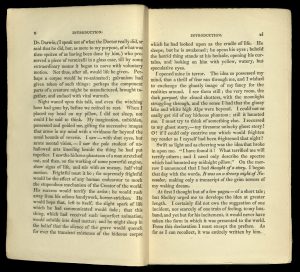
“Night waned upon this talk, and even the witching hour had gone by, before we retired to rest.” – Mary Shelley, Introduction, Page X
One other probable source for the foundation of Mary Shelley’s story exists. Traveling along Germany’s Rhine River in 1814, she stopped at the city of Gersheim. Ten miles from this city was Frankenstein Castle, where two centuries earlier an alchemist had engaged in experiments and allegedly exhumed bodies to use for conducting medical research. It is possible that Mary Shelley had heard the tale told by the Brothers Grimm about the alchemist Johann Conrad Dippel’s accidental creation of a monster when one of the bodies under study re-animated after being struck by lightning. Despite Shelley’s stay in Gersheim, a link between her story and this tale has not conclusively been made.
Mary Shelley’s Frankenstein is the story of a young, ambitious scientist, named Victor Frankenstein, who discovers a technique to impart life to non-living matter. Using large body parts, due to the difficulty of manipulating small ones, Victor creates an eight foot tall monster with yellow eyes and skin that barely conceals the blood veins beneath. The young scientist is severely disappointed with his creation’s grotesqueness and abandons it, causing it to suffer torment and ridicule.
After some months the creature finds the scientist in the mountains, where he has fled out of guilt, and begs his creator to take him in. Victor refuses and the creature is subjected to rejection at every turn. The creature swears vengeance on his creator for bringing him into a world that hates him and returns to the Frankenstein family estate, where he murders the scientist’s brother. The creature again confronts the scientist and demands that he return to his research and produce a wife for it. Victor Frankenstein, afraid for the safety of his family and friends, agrees, but after commencing the work becomes increasingly concerned the creature will spawn a new race of monsters if its wish is fulfilled. The scientist reverses his decision and destroys his own work.
Shortly thereafter Victor marries and the creature murders his new wife. Victor chases the creature to the North Pole, where he is found by a crew of explorers. Dying of hypothermia, Victor relates his tragic story to the crew’s Captain. After Victor dies the Captain sees the creature on the ship, mourning the death of his creator. The creature tells the Captain that Victor’s death has not brought him peace, rather it has left him completely alone. The creature then vows to commit suicide so that no one will ever know of its existence. The Captain watches as the creature drifts away on an ice raft, never to be seen again.
In Frankenstein, Victor obsesses over creating life in an unnatural way. He lets his desire to push scientific boundaries cloud his ability to make a responsible decision concerning his work. This ultimately leads to terrible consequences for Victor and his family. As Victor dies from his over-exposure to the harsh environment of the North Pole, he warns the Captain against over-ambition. This warning plays a role in the Captain’s decision to not continue his scientific expedition and possibly saves the lives of him and his crew.
Victor’s ambition and poor decisions concerning his work lead to the murder of multiple people he loves and then finally to his own premature death. The creature commits these crimes as a way to punish Victor, much like a child lacking attention will resort to lashing out in negative ways to force an interaction with a parent. The story evolves from one of scientific discovery to one of horror only after Victor rejects the creature.
Victor’s creation repeatedly reaches out to him and is continuously rejected. The creature understands that it is the ability to form a connection with another that makes one human. He tries to blackmail Victor into creating a wife and, in that way, fulfill this need. Again Victor denies it of the one thing that would make it human, continuing its neglect and alienation. The reader must contemplate how differently the story may have ended if Victor had formed a loving connection with the creature quickly after bringing it to life. It is spooky to consider in what ways our ambition may block the forming of these vital connections. To what level are we Victor and to what level are we the creation?
Contributed by Jon Bingham, Rare Books Curator

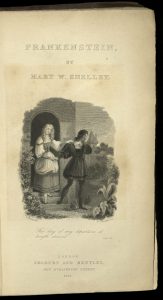
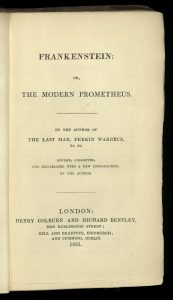
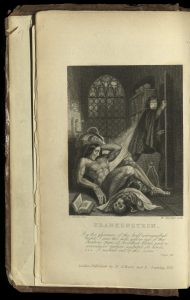
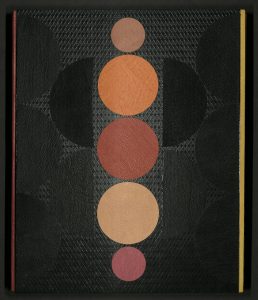
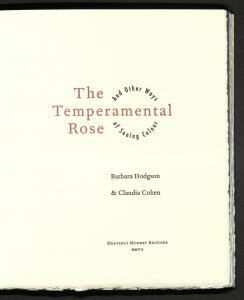
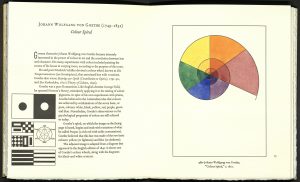
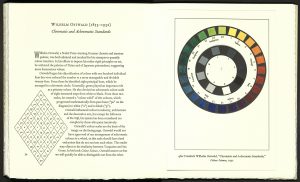
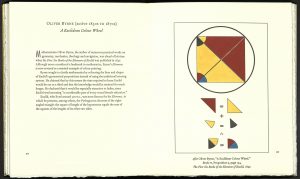
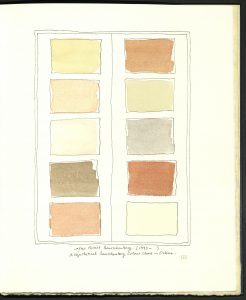
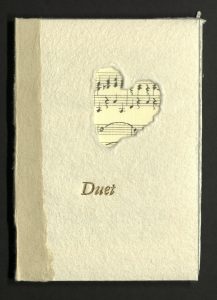
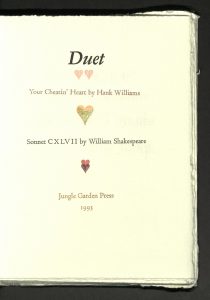
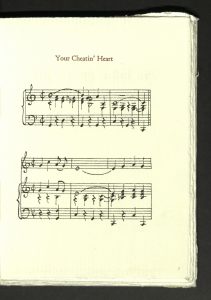
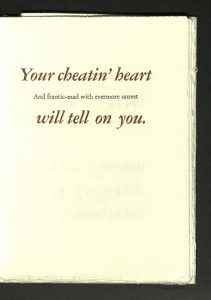
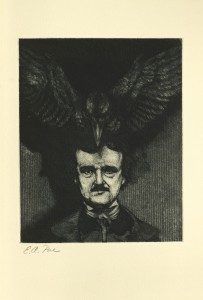
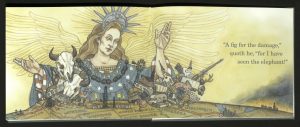
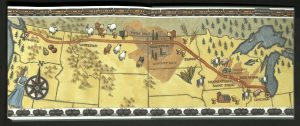
You must be logged in to post a comment.